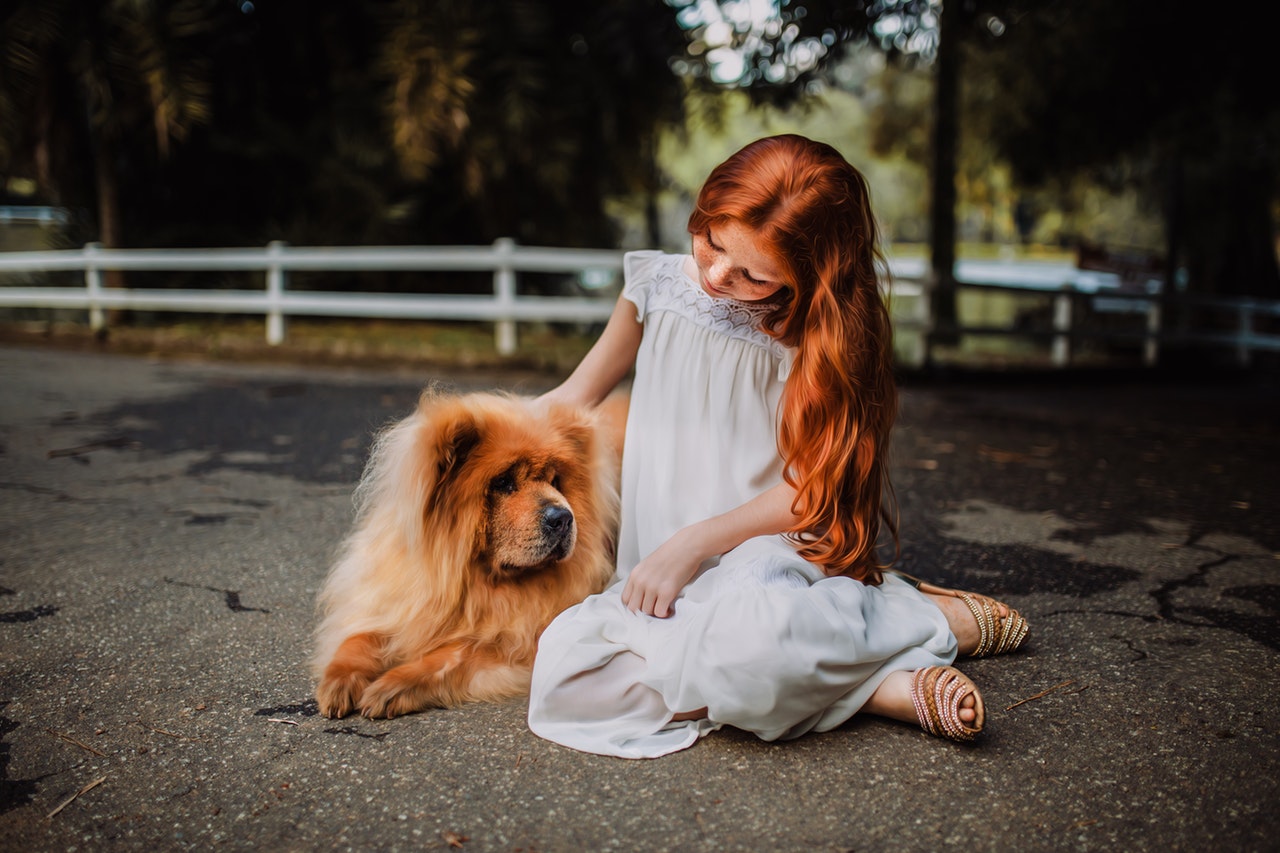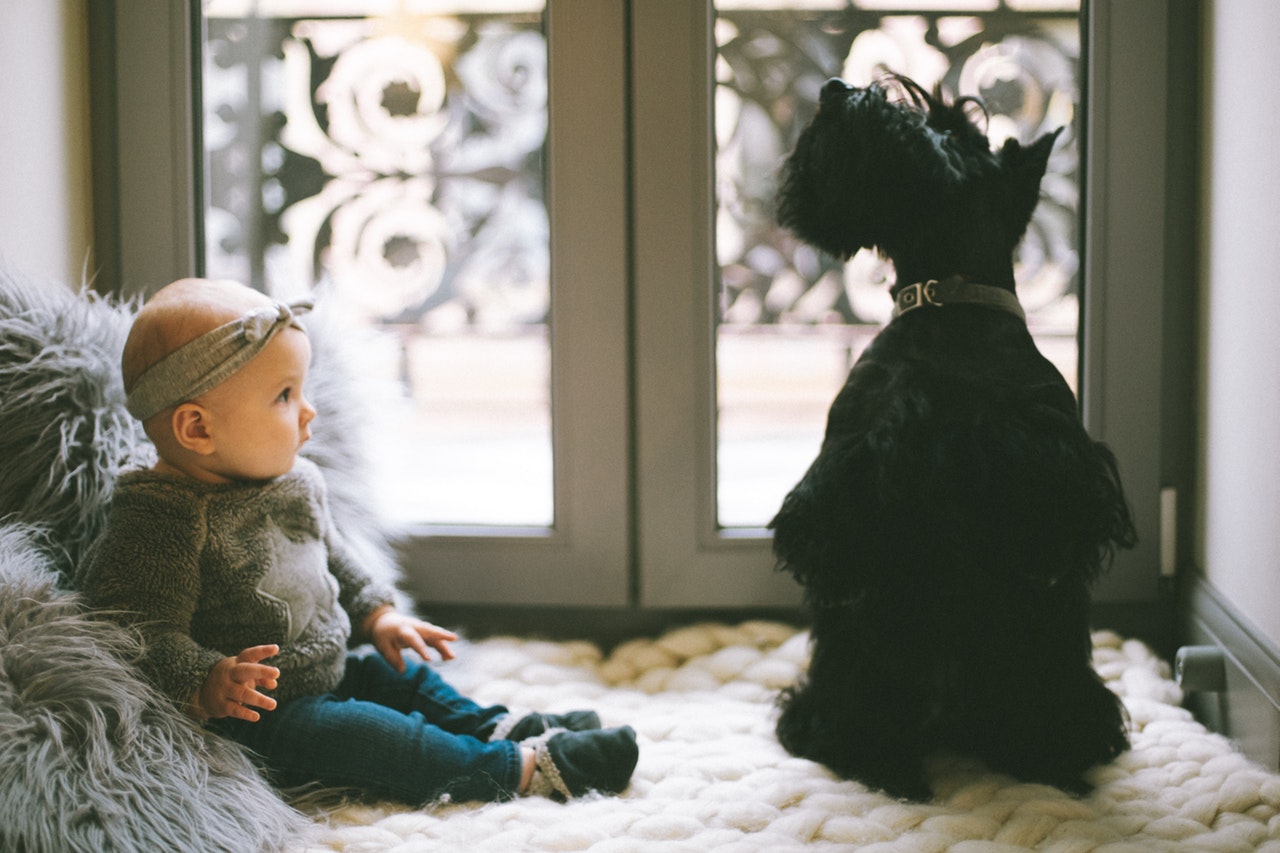2019-04-01

Dogs and children can be good friends and influence each other’s personality. A kid-friendly dog helps children develop kindness, responsibility and respect for living things. Children who respect their dog can be of use to improve the dog’s social skills and behavior towards other children. However, not all dogs can get on well with children, which is caused by a variety of factors such as breed, experience and lack of training. Here are some things you should keep in mind before getting a new pup as well as tips on how to train your dog to be a kid-friendly dog.
1. Dogs and children communicate in different ways
Although dogs are known to be the most social animals, it is more difficult for the dog to communicate with children than adults. Because children, especially toddlers scream, cry, crawl, run around and nudge the dogs, it is difficult for them to understand these behaviors and they feel threatened. Some of the dogs dislike behavior like close contact with the face and kissing, but children always express their affection spontaneously.
2. Dog breeds that get along well with children
Some dog breeds or well-trained pooches are naturally good with kids. They will not only be a companion but also an assistant. In many cases of autism, children are cured by natural treatment assistance dogs (service dogs, emotional support dogs, or therapy dog).
If you have children living in or visiting your home, it is ideal to have an intelligent dog with a good temperament and adequate energy levels. Here is a short list of dog breeds that can live harmoniously with children, confirmed by the majority of owners.
• Labrador Retriever and Golden Retriever: These two breeds are very smart and good at socializing with both children and adults. Plus, they are also highly trainable and energetic. For this reason, they are the ideal choice to be a service dog for people who move with difficulty.
• Cairn Terrier: These small terriers tend to have a natural affinity for kids. Most of them can play softly with children and are tolerant of anything.
• Poodle: As one of the most popular household dogs, poodles have a good temperament, are extremely intelligent and can understand what humans want. Miniature Poodles are often carried in a handy carrier to detect the blood pressure level of diabetics.
• German Shepherd: They are very calm and loyal. A well trained GSD can guard the house as well as protect the family.
• Other breeds such as Bichon Frise, Beagle and Shetland Sheepdog are also purebred dogs and good with children.
In addition, mixed-breed dogs can also be great household dogs. Which dog is the perfect one, depends however on the needs and wishes of the respective owners. For example, some parents intend to find an active and energetic pup to accompany their children who have mental disorders. When looking for a new dog, you can visit a local rescue center or foster care or choose a reputable breeder. An honest foster “parent” or breeder will inform you about your dog’s personality and temperament if you wish. You could also do a simple test: hugging a dog, holding his paws, pulling his tail, and checking out his ears. If the dog reacts nervously, unnaturally or anxiously, he could be difficult to make friends with kids.

3. Tips on how to build a good bond between your dog and your children
To have a well-behaved puppy is just the first step. However, to ensure the safety of your kids, you should take certain measures.
1) Socialize your puppy. A puppy will learn to accept and be comfortable with different people and situations at the age of 2 to 4 months. Therefore, it is important to introduce your puppy to children in a positive way, but do not limit yourself to just your kid. Your puppy should be socialized with a variety of kids of all ages in different situations. This is also a critical phase in which you teach your kid to behave well around the dog, so that getting to know each other can begin with good feelings.
If you have an adult dog, he may need a lot of time to socialize with kids.
2) Obedience training. Although your dog has learned to accept kids, it is still unpredictable if they can get along well in the future. Fortunately, we can call our dog to order through some commands once he has completed certain obedience training. You could start with basic command training such as “sit”, “stop”, and “wait”, which can limit your dog’s bad behaviors and encourage future extensive training. For example, dogs love to jump on someone’s lap when excited, but this is definitely a dangerous behavior towards toddlers or babies. You can give him the order “Stop” and then offer him treats if he follows your instructions. In this process, you not only ward off an accident, but also familiarize your dog with what is not allowed.
3) Give children rules
When children and dogs live together, they should respect each other. Apart from training your dog, children also need to learn how to be gentle with the pup. Here are some rules they should follow:
• Do not disturb a dog sleeping in the crate or kennel because the dog went there to seek shelter.
• Do not chase the dog and do not tug him roughly on the tail. Dogs need to be petted gently.
• Do not approach the food and do not take it away while the pup is eating or chewing a bone.
• Do not stay alone with a dog.